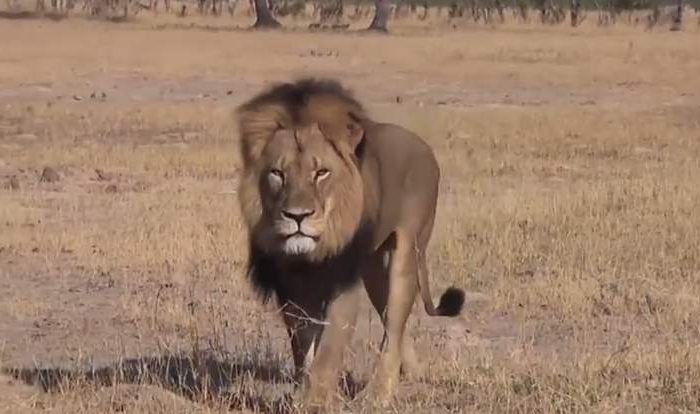


CONSERVATIONISTS are using satellite technology and drones to try to protect wild animals and their habitats.
ZSL London Zoo is working on a project designed to remotely monitor wildlife almost anywhere in the world.
Instant Detect has been used in Antarctica to monitor Adelie penguin colonies and in Kenya to help tackle the poaching of rhinos and elephants.
It uses a camera fitted with seismic and magnetic ground sensors that can detect humans. The images captured are then sent back to rangers to warn them about poachers.
ZSL’s Alasdair Davies said: “It (the camera) will look like a rock or a piece of bark and once it has been concealed, the only thing you can see is a tiny lens.
“If a poacher walks by, covertly, we snap a photo, we send that back to London and we can tell the rangers in real-time if someone has entered their area.”
Tackling poaching is not easy and despite having access to a wide variety of technology, wildlife rangers in Africa know it is not always enough.
In Zimbabwe, Cecil the lion was killed by a hunter, despite having his movements tracked from by a GPS collar he was wearing.
Andrew McVey, who works in Kenya for the World Wide Fund for Nature (WWF), said: “A few years ago a poacher was arrested with night-vision equipment and GPS units with the last locations of rhinos, which they have obviously obtained somehow.
“So every time they (the poachers) are getting more advanced in the way that they operate, our field teams need to get more advanced as a response.
“One of our biggest challenges is knowing when people go into the gate or sneak through the fence.
“What you don’t want to do is to be reacting after you have heard a shot. You want to be able to get ahead of the game.”
Drones have also become a popular tool for conservationists aiming to tackle illegal hunting.
A US firm called Airware has worked with Ol Pejeta, East Africa’s largest black rhino sanctuary, to carry out aerial surveillance in the area.
The drone, which can operate at all hours, sends real-time digital video and thermal imaging feeds of animals and poachers to rangers on the ground.
In the US, animal rights group PETA has been giving drones to local pilots to clamp down on the illegal hunting of animals including bears and elk.
PETA’s associate director Elisa Allen said: “Poachers now know that they can’t get away with murder and they know that they are not isolated in the woods away from human contact.
“It is quite possible that PETA and our drones are watching them, monitoring them and observing them for any illegal activity.” news.sky.com
Sorry. No data so far.


